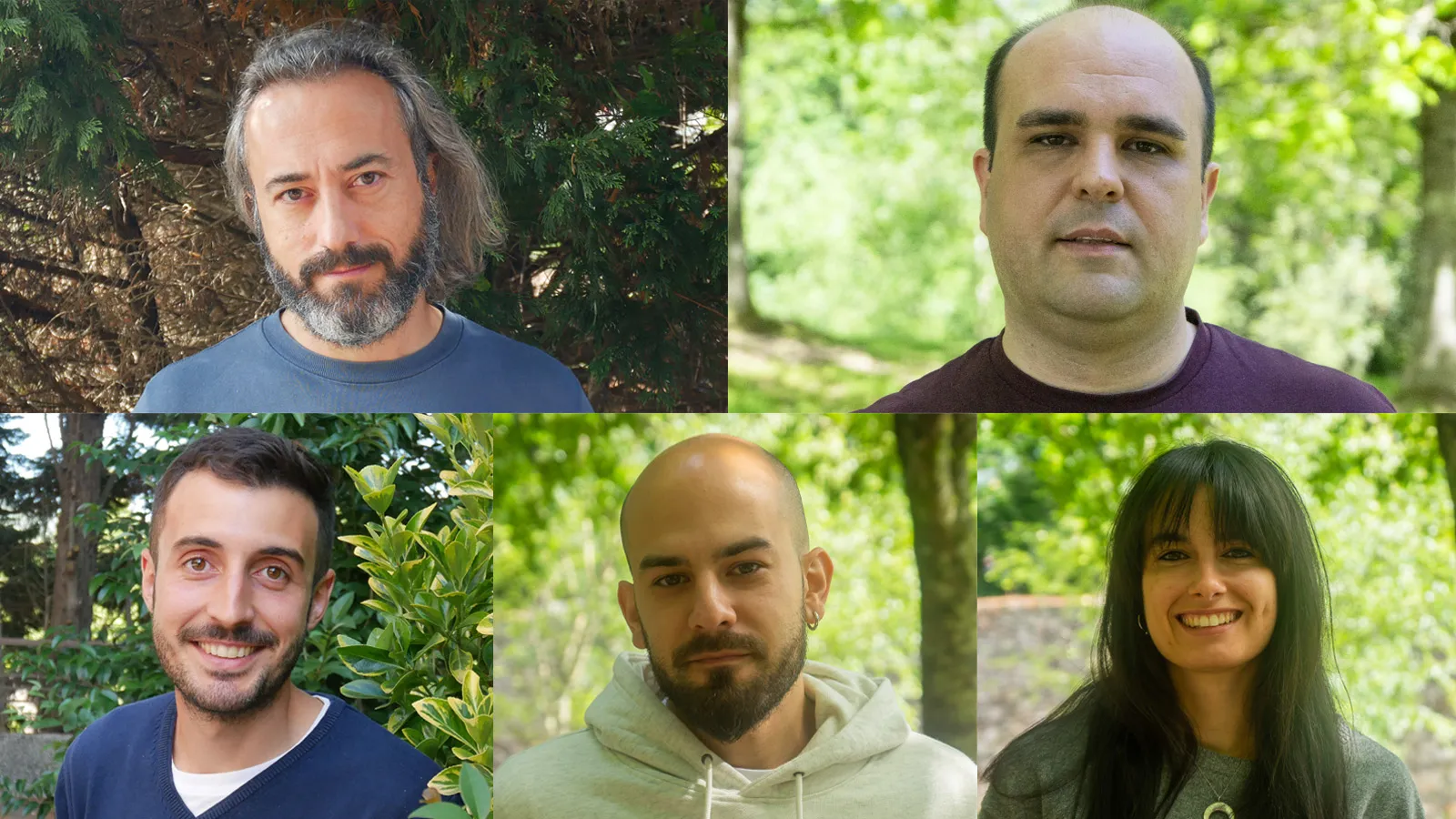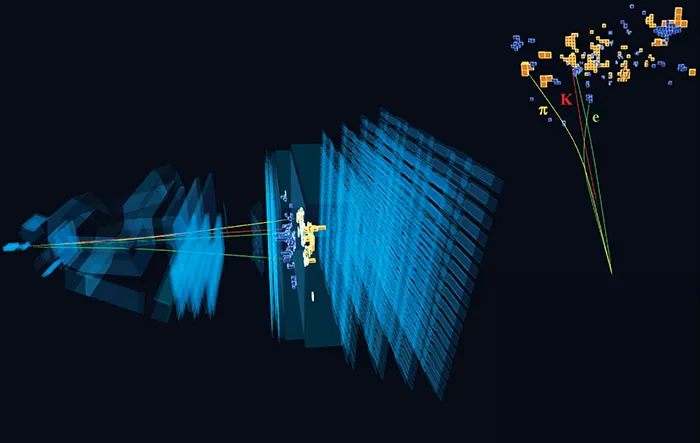‘Nature’ publica un traballo pioneiro sobre fisión nuclear no que participa o IGFAE



23.03.2021

Os resultados do LHCb reforzan os indicios dunha violación da universalidade do “sabor” leptón
Hoxe, o experimento LHCb no CERN, no que participa o Instituto Galego de Física de Altas Enerxías (IGFAE), anuncia novos resultados que, de confirmarse, suxerirían indicios dunha violación do Modelo Estándar de física de partículas. Os resultados céntranse na posible violación da universalidade do sabor do leptón e anunciáronse na conferencia Moriond sobre interaccións electrofebles e teorías unificadas, así como nun seminario celebrado en liña no CERN, a Organización Europea para a Investigación Nuclear.
A medición realizada pola colaboración LHCb (Large Hadron Collider beauty) compara dous tipos de desintegracións de quarks “b” (beauty). A primeira desintegración involucra ao electrón e a segunda ao muón, outra partícula elemental similar ao electrón, pero aproximadamente 200 veces máis pesada. O electrón e o muón, xunto cunha terceira partícula chamada tau, son tipos de leptóns e a diferenza entre eles coñécese como “sabores”. O Modelo Estándar de física de partículas #predicir que as desintegracións que involucran diferentes sabores de leptóns, como a estudadas polo LHCb, deberían ocorrer coa mesma probabilidade, unha característica coñecida como universalidade do sabor de leptóns que xeralmente se mide pola relación entre as probabilidades de desintegración. No Modelo Estándar de física de partículas, a relación debería ser moi próxima a un.
O novo resultado indica indicios dunha desviación dun: a significación estatística do resultado é 3,1 desviacións estándar, o que implica unha probabilidade de ao redor do 0,1% de que os datos sexan compatibles coas predicións do Modelo Estándar. “Se se confirmase unha violación da universalidade do sabor leptónico, requiriríase un novo proceso físico, como a existencia de novas partículas ou interaccións fundamentais”, di o profesor Chris Parkes, voceiro do LHCb, da Universidade de Manchester e o CERN. “Están a realizarse máis estudos sobre procesos relacionados utilizando os datos existentes do LHCb. Estaremos emocionados de ver se reforzan as pistas intrigantes dos resultados actuais”.
A desviación presentada hoxe é consistente cun patrón de anomalías medidas en procesos similares polo LHCb e outros experimentos en todo o mundo durante a última década. Os novos resultados determinan a relación entre as probabilidades de desintegración con maior precisión que as medicións anteriores e utilizan todos os datos recompilados polo detector LHCb ata o de agora por primeira vez.
O experimento LHCb é un dos catro grandes experimentos do Gran Colisor de Hadróns do CERN, situado baixo terra na fronteira franco-suíza preto de Xenebra. O experimento está deseñado para estudar a desintegración de partículas que conteñen un quark “b” (beauty), unha partícula fundamental que ten aproximadamente catro veces a masa do protón. Os resultados presentados hoxe céntranse na universalidade do sabor dos leptóns, pero o experimento LHCb tamén estuda as diferenzas entre materia e antimateria.
No futuro, o experimento LHCb podería aclarar a posible existencia de novos efectos físicos insinuados nas desintegracións que se presentan hoxe. Espérase que o experimento LHCb comece a recompilar novos datos o próximo ano despois dunha actualización do detector.
Participación do IGFAE nos resultados
Así mesmo, na conferencia Moriond tamén se presentaron novas medicións dunhas desintegracións raras de mesóns “b” que contan cunha participación importante de Paula Álvarez Cartelle, investigadora da Universidade de Cambridge, quen fixo a súa tese no IGFAE e que agora coordina o grupo de Rare Decays (Desintegracións raras) do LHCb. A análise destas desintegracións é un vello coñecido do IGFAE, no que anteriormente estiveron moi involucrados os investigadores Diego Martínez Santos, Xabier Cid Vidal e Jose Ángel Hernando Morata e, actualmente, Titus Mombacher. Ambos os resultados presentados hoxe están moi relacionados, pois se trata do mesmo proceso a nivel de quarks, e en ambos os casos os datos experimentais parecen preferir unha taxa de desintegración lixeiramente inferior á predita polo Modelo Estándar, aínda que fai falta acumular máis datos para obter un resultado concluínte.
Máis información:
Imaxe: desintegración moi rara dun mesón b (beauty) que involucra un electrón e un positrón observada no experimento LHCb do CERN. Crédito: CERN.